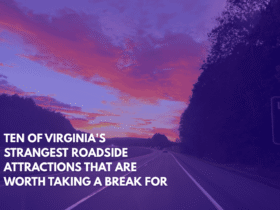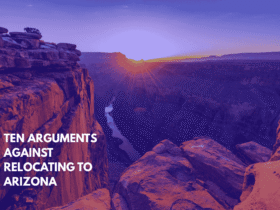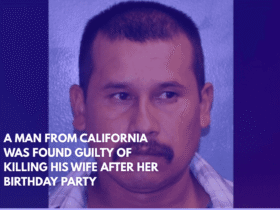Amid rising protests in Los Angeles over immigration raids, the Trump administration has decided to deploy 2,000 National Guard troops to help control the situation. Federal agents have been facing off against demonstrators, some of whom are protesting what they see as unfair immigration enforcement operations.
These protests come as part of Trump’s larger crackdown on illegal immigration, which has led to significant unrest in Democratic-run cities like Los Angeles.
National Guard Deployment and Federal Response
On Saturday, President Donald Trump authorized the deployment of 2,000 National Guard troops in response to violent clashes during protests. Defense Secretary Pete Hegseth indicated that the Pentagon was ready to deploy active-duty troops if the violence escalated.
Marines stationed at Camp Pendleton in California have been put on high alert. The protests, particularly concentrated in the Paramount area of Los Angeles, have intensified, with some demonstrators waving Mexican flags and chanting anti-ICE slogans.
In a move to address what was described as “lawlessness,” Trump signed a presidential memorandum authorizing the National Guard’s presence in Los Angeles. White House officials stated that this intervention was necessary due to what they saw as the failure of local authorities to manage the situation.
However, California Governor Gavin Newsom strongly criticized the move, calling it “purposefully inflammatory.” He argued that the National Guard was being deployed not due to any real law enforcement shortage, but for the sake of spectacle. Newsom further denounced the idea of using Marines on American soil against its citizens, calling it “deranged behavior.”
Growing Tensions Between Local and Federal Authorities
The protests have exposed deep divisions between the Trump administration and local authorities in Los Angeles. The protests started after Immigration and Customs Enforcement (ICE) raids in the city led to the detention of individuals suspected of being in the country illegally. These operations, particularly in immigrant-heavy areas, have sparked anger among local residents and rights groups.
Trump, in response to the protests, took to his social media platform Truth Social, stating that if local leaders like Newsom and Los Angeles Mayor Karen Bass couldn’t handle the unrest, the federal government would step in. He vowed to resolve the situation swiftly, framing it as a battle against “riots and looters.”
Vice President JD Vance and senior White House aide Stephen Miller have gone as far as to describe the protests as a “violent insurrection,” using strong language to justify the deployment of federal forces.
These claims have stirred further controversy, with opponents accusing the administration of overreacting and using inflammatory rhetoric to discredit the protests.
The Scale of the Protests
On Friday night, the protests kicked off after ICE conducted enforcement operations, which included raids at various locations, including garment factories and Home Depot stores, where day laborers and street vendors were detained. The Department of Homeland Security claimed that up to 1,000 protesters were involved in the demonstration, although this account has been difficult to verify.
Footage from the Paramount protest on Saturday showed law enforcement agents in full riot gear, using gas to disperse crowds. Los Angeles police confirmed that several individuals had been detained for failing to disperse, though no official reports of arrests were provided. Protests continued on Saturday night, albeit on a smaller scale in downtown Los Angeles.
The protests are not only against the raids themselves but also against what many see as the broader goal of cracking down on immigration. Immigrant rights groups have criticized ICE’s operations, especially after reports of detained individuals not having access to lawyers or their families.
The Political Divide Over Immigration Enforcement
The protests have highlighted the sharp political divide over immigration in the U.S. Los Angeles, a city with a large Hispanic and immigrant population, has long been a stronghold for Democratic leadership, which opposes many of Trump’s hardline immigration policies.
Mayor Karen Bass condemned the ICE operations, calling them “terrorizing” to the immigrant community and contrary to the principles of safety and fairness.
Meanwhile, the Trump administration’s stance is clear—aggressively pursue illegal immigration enforcement. Trump has pledged to deport record numbers of individuals living in the U.S. illegally, with a goal of arresting at least 3,000 migrants per day.
The administration argues that such measures are necessary for national security and public safety, particularly in cities like Los Angeles, which have significant immigrant populations.
Protests, Public Safety, and the Future of Immigration Policy
While some of the protests have turned violent, the majority have remained peaceful, with demonstrators voicing opposition to ICE’s actions and calling for fair treatment of immigrants.
However, the use of federal forces, including the National Guard, to quell these protests raises significant questions about civil rights and the use of military power in domestic affairs.
California officials, including Governor Newsom and Mayor Bass, have urged for peaceful solutions and have condemned the use of excessive force. Newsom has also called for an end to violent actions, advising people to avoid giving the federal government the spectacle they want.
The situation remains tense, and it is unclear how long the protests will last or whether the National Guard will be able to bring about the desired level of control.











Leave a Reply